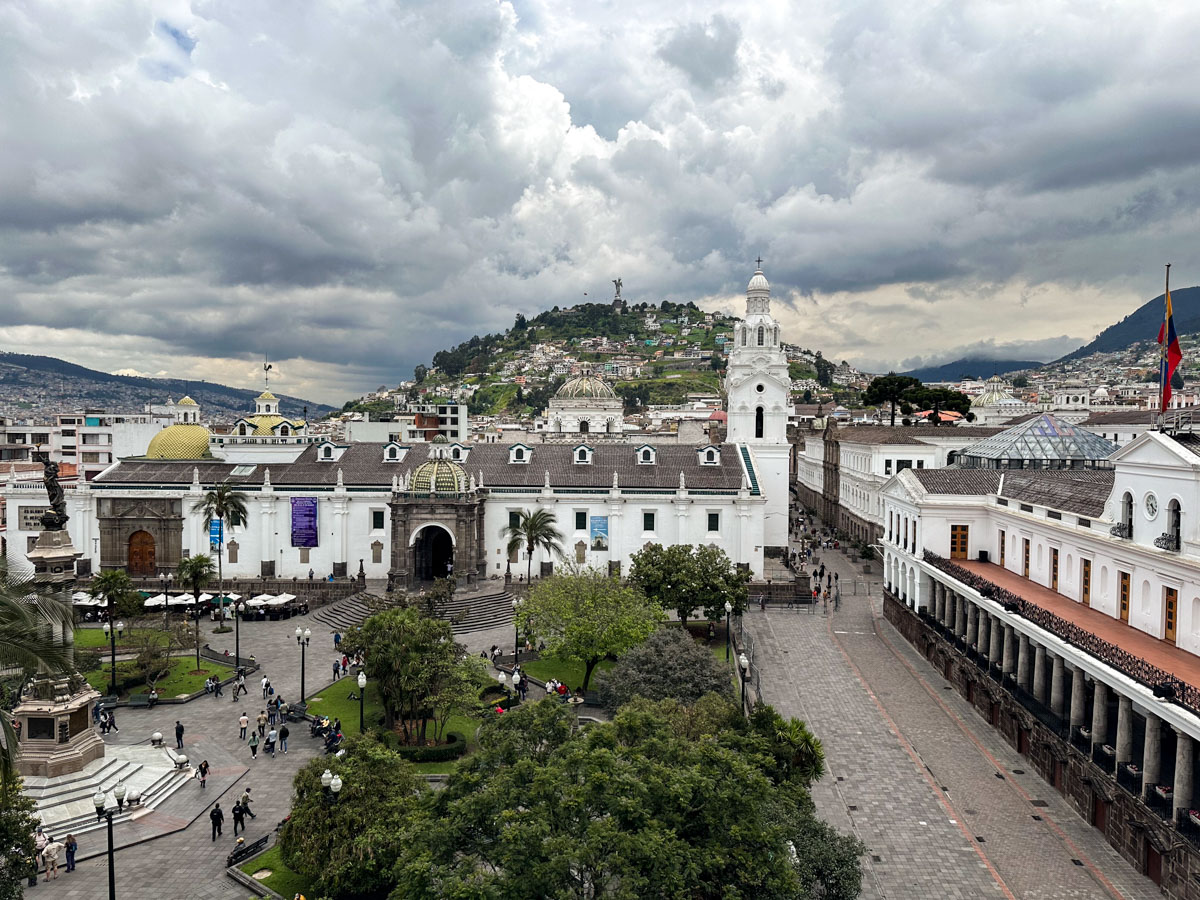
Been to Bali, New Zealand and Fiji, and looking now to travel somewhere a bit more… exotic and challenging? South America could be the perfect destination!
With its rich culture and history, natural beauty and great food, South America is becoming more and more popular with Australian travellers. It’s extremely diverse and a trip to Latin America can be a truly rewarding experience unlike any other.
It may be quite far away, but there are direct flights from Australia to South America that can get you there in as little as 13 hours. I personally think it’s well worth the trip. Between the 12 unique countries that make up this continent, there really is something for everyone.
South America also happens to be the gateway to Antarctica. Most cruises to Antarctica depart from either Ushuaia, in the south of Argentina, or Punta Arenas in Chile.
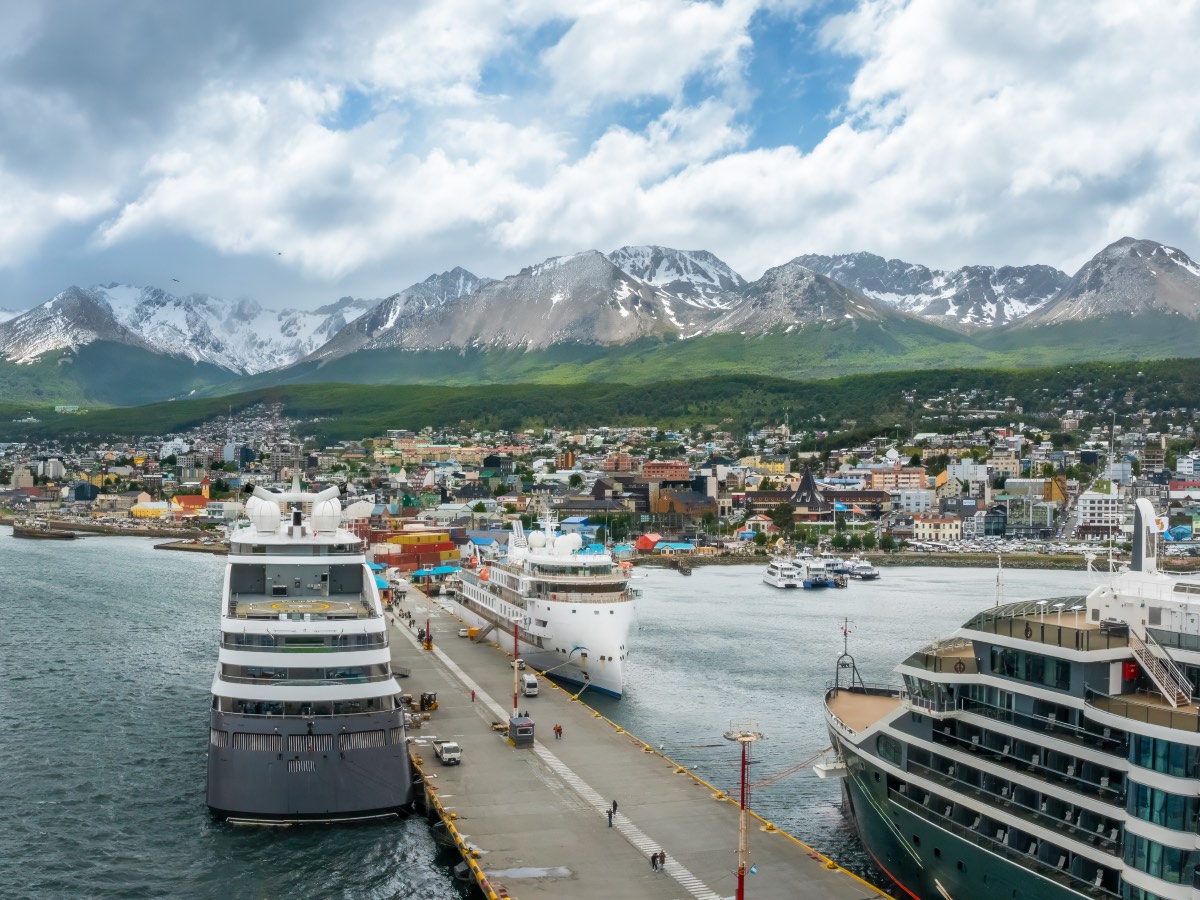
I’ve travelled to South America numerous times and have been to most of the countries on the continent. In this guide, I share my experience and lots of practical tips for travelling from Australia to this fascinating part of the world.
Contents
The 12 countries in South America
First of all, let’s start with an overview of the countries that make up South America, and some basic information about each one:
| Country | Largest city | Main language spoken | Visa required for Australian tourists? | Famous for? |
|---|---|---|---|---|
| Argentina | Buenos Aires | Spanish | No (maximum stay 90 days) | Patagonia, Andes Mountains, Perito Moreno Glacier, Iguazu Falls, steakhouses, wine, tango, Gaucho culture |
| Bolivia | Santa Cruz de le Sierra | Spanish | No (maximum stay 90 days) | Salar de Uyuni, Lake Titicaca including the floating Urus Islands, the world’s highest capital city (La Paz), Carnival of Oruro, salteñas |
| Brazil | São Paulo | Portuguese | Yes, from 10 April 2025 | Carnival, the beaches of Rio de Janeiro, Florianopolis and the Northeast, surfing, Pantanal, Amazon rainforest, Iguazu Falls, samba, churrasco (Brazilian BBQ), pao de queijo (cheese bread), feijoada, Moqueca (a typical dish in the northeast), caipirinha cocktails |
| Chile | Santiago | Spanish | Yes | Patagonia, Andes Mountains, Easter Island, Atacama Desert, Valparaíso, wine, seafood, pastel de choclo (a corn pie), pisco |
| Colombia | Bogotá | Spanish | No (maximum stay 90 days) | Medellín (including the flower festival), Cartagena, Caño Cristales, Rosario Islands, Tatacoa Desert, coffee, arepas, salsa, beaches |
| Ecuador | Guayaquil | Spanish | No (maximum stay 90 days) | Galapagos Islands, Amazon Rainforest, Quito, hiking in Cotopaxi National Park, Festival of the Sun, Train to the Devil’s Nose, Ingapirca Ruins, Panama Hats, ceviche, encebollado (fish soup), chocolate, located on the equator |
| Guyana | Georgetown | English | No (maximum stay 90 days) | Kaieteur Falls, Mount Roraima, Caribbean influence, cricket, pepperpot, El Dorado rum, birdwatching |
| Paraguay | Asunción | Spanish | No (maximum stay 90 days) | Saltos del Monday, Pantanal wetlands, Guarani indigenous culture, sopa Paraguaya, easy day trip from Iguazu Falls to Ciudad del Este |
| Peru | Lima | Spanish | No (maximum stay 90 days) | Machu Picchu, Sacred Valley, Lake Titicaca, Nazca Lines, Colca Canyon, Inca empire, Quecha and Aymara indigenous culture, ceviche, pisco sour cocktails, pink river dolphins, ayahuasca |
| Suriname | Paramaribo | Dutch | Entry Fee Voucher required | World’s most forested country, rivers, Dutch influence, foods including pom, roti and saoto soup, nature and wildlife |
| Uruguay | Montevideo | Spanish | No (maximum stay 3 months) | Candombe, chivito (a steak sandwich), mate (a drink), wine including medio y medio (sparkling wine drink), Punta del Este, Salto, Mercardo del Puerto |
| Venezuela | Caracas | Spanish | No (maximum stay 90 days) | Angel Falls, Canaima National Park, the “everlasting storm” over Lake Maracaibo, the world’s highest cable car in Mérida, Carnaval de El Callao, beaches, arepas |
We’ll cover visa requirements, languages and where to visit in more detail below.
Neighbouring Suriname and Brazil is also French Guyana. However, this isn’t technically a sovereign state because it’s an internal territory of France.
Central America and the Caribbean are located just to the north of South America. If you’re planning to visit the north of South America, you would be very close to those places. But I won’t be covering Central America or the islands of the Caribbean in this article.
Is South America safe for tourists?
The Australian government’s Smartraveller website recommends that travellers “exercise a high degree of caution” in most countries in South America. Two exceptions are Argentina and Uruguay, which have the lowest risk level of “exercise normal safety precautions”.
Some parts of Colombia, Ecuador and Peru have a higher safety risk level, but these warnings mostly don’t apply to major cities, nor places that tourists would commonly visit.
At the time of writing, Venezuela has a “do not travel” warning due to political instability and safety concerns. For this reason, you probably shouldn’t travel to Venezuela for a holiday. But the rest of the continent is generally fine.
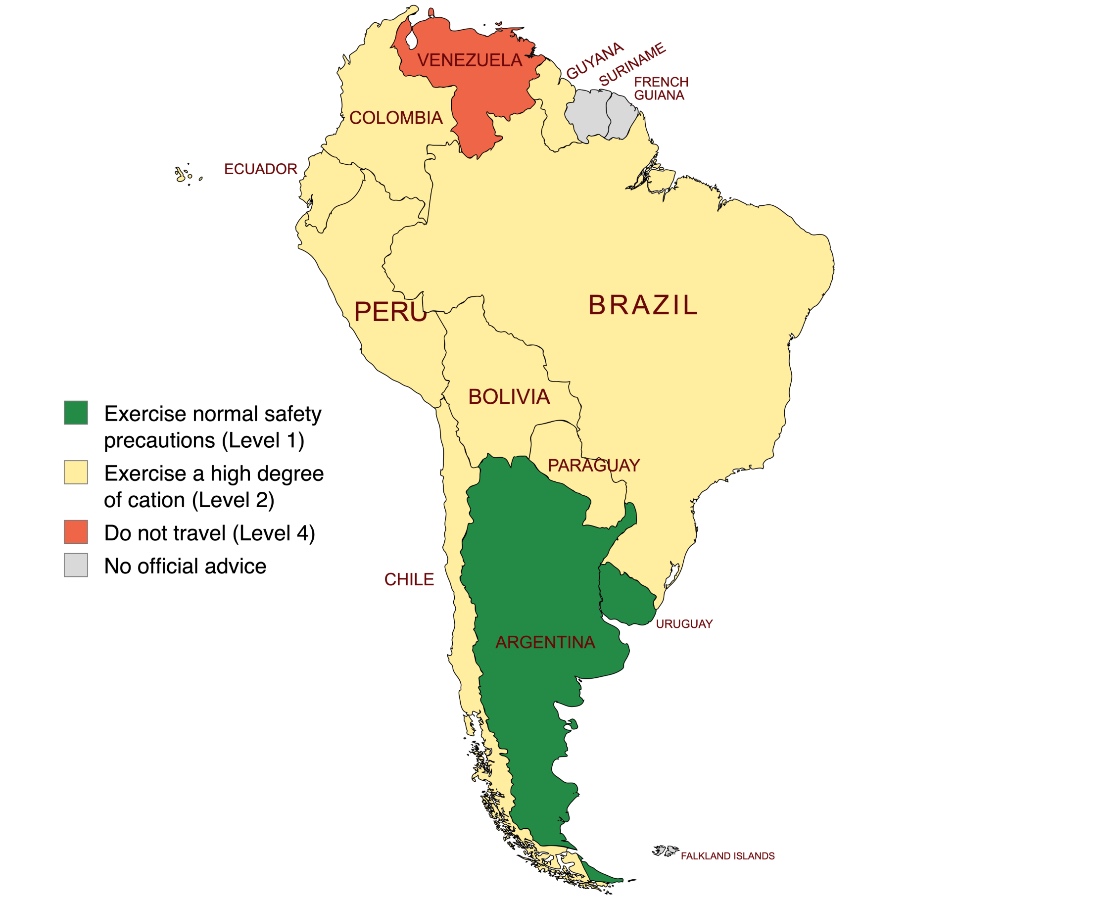
I have personally travelled to all of these countries except for Venezuela and Guyana, and have never felt particularly unsafe. In my opinion, the major cities in countries like Chile, Argentina, Uruguay, Peru and Suriname feel just as safe as anywhere in Australia or New Zealand.
There are some parts of the major cities in Brazil that you probably shouldn’t visit (e.g. the favelas), and it’s probably a good idea not to walk alone at night in some places (as with anywhere). But on the whole, I would not avoid travelling to South America over safety concerns. Just make sure you have your wits about you, and read the latest travel advice before you leave.
Where to visit in South America
The most popular countries for Aussies to visit in South America are Chile, Brazil, Peru and Argentina.
Many Australians start their journey in Santiago, and then head:
- North to Peru (first to Lima, then Cusco and Machu Picchu),
- South to Patagonia,
- East to Buenos Aires, Iguazu Falls, Sao Paulo or Rio de Janeiro, or
- West to Easter Island.
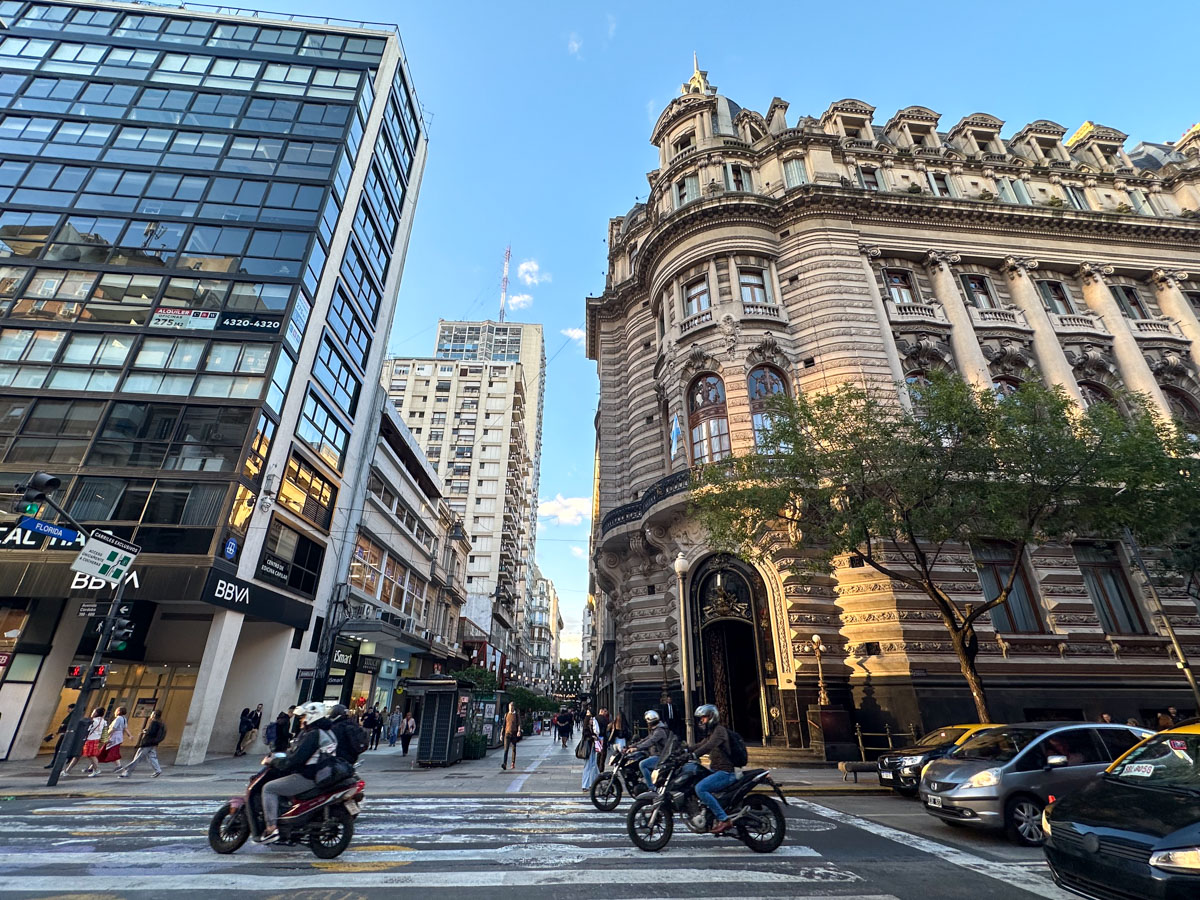
These are all great places to visit, but they aren’t the only options! Other gems in South America include Medellín, Salvador, Montevideo, Salar de Uyuni and the Galapagos Islands.
If you like nature, you could even consider visiting Manaus, the gateway to Brazil’s Amazon rainforest, or the former Dutch colony of Suriname where 93% of the country is covered by forests.
If you’re into good food, Lima is one of the culinary capitals of South America. Chile and Argentina are also famous for their wine regions.
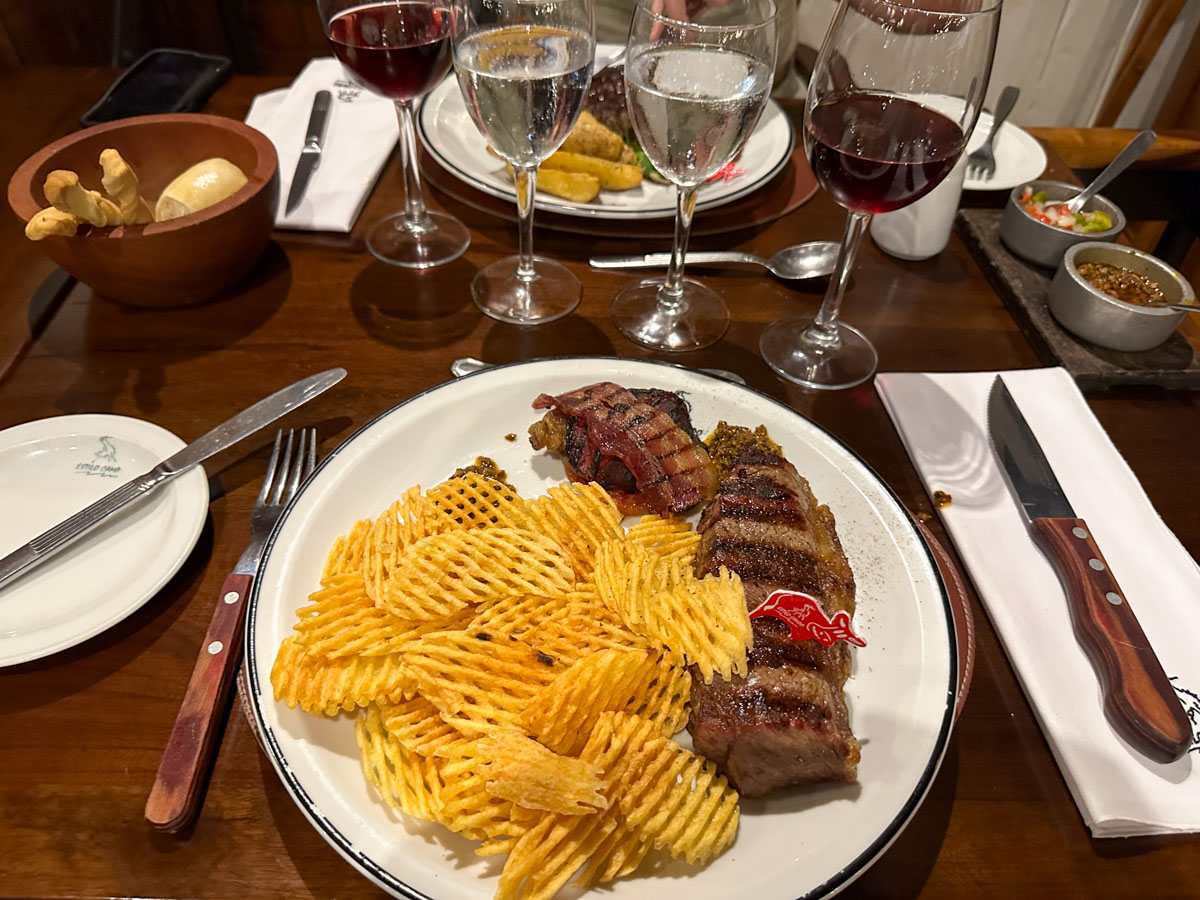
Most of these nations are also mad about football (as in, soccer). Catching a football game in South America could be lots of fun if you’re a sports fan!
I’ve written a separate article about the top 10 places I would personally recommend visiting in South America.
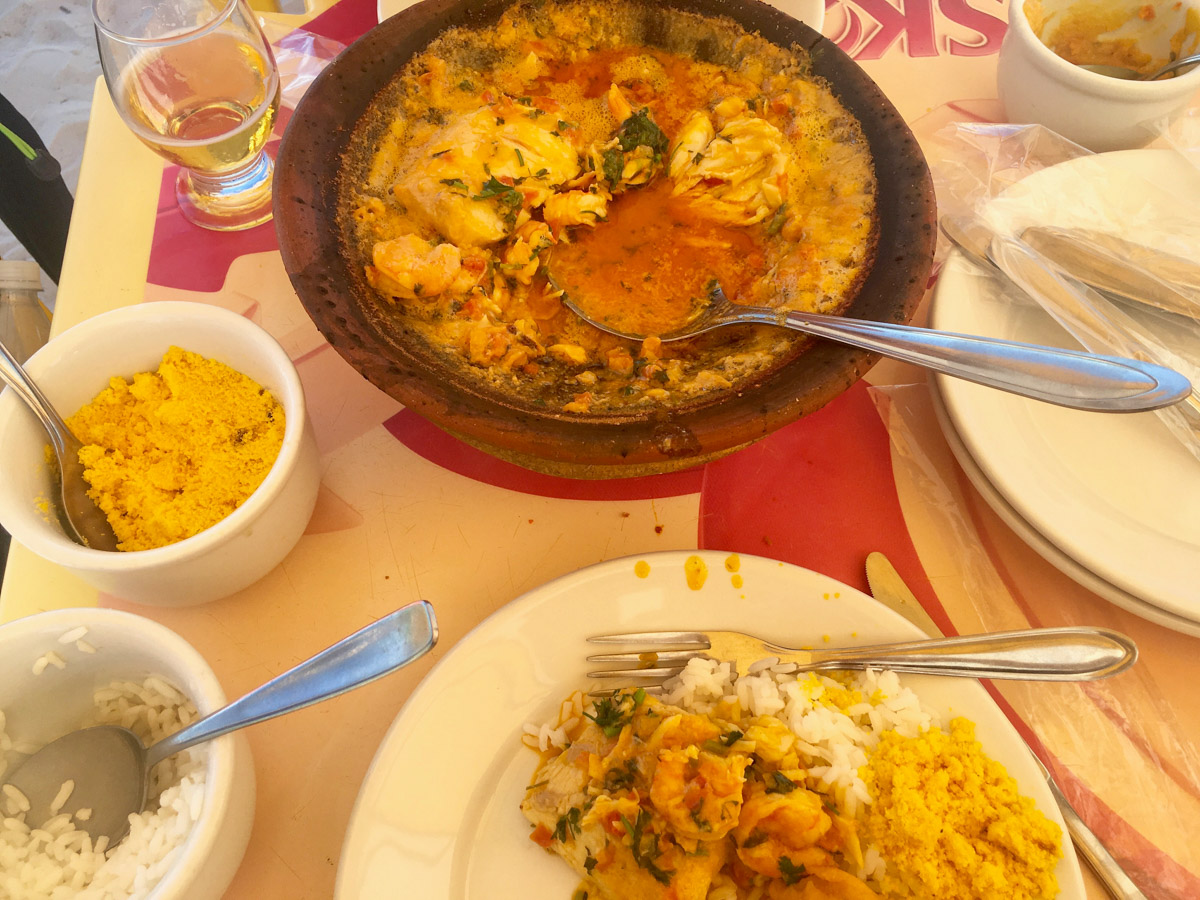
Visa requirements
Most South American countries do not require Australian tourists to get visas. The main exceptions are Chile and (from 10 April 2025) Brazil. You can see the full list of visa requirements in the table above.
Beware that the visa application process for Chile can be a bit complicated. You can read the advice and discussion from Australians who’ve previously applied for Chilean visas on the AFF forum.
Australians do not need a visa to transit through Santiago Airport onto another international flight, provided the next flight is on the same ticket and the transit time is less than eight hours. If your transit time is more than eight hours and you’re using an Australian passport, you might need a transit visa for Chile.
Vaccination requirements including yellow fever
When returning from South America to Australia, you may be required to show a yellow fever vaccination certificate if you have been in a country on the WHO list of yellow fever endemic countries within the last six days. This list includes many, but not all, parts of South America.
When arriving in Australia, you will need to declare on your incoming passenger card if you have been in South America (or Central America or Africa) in the previous six days.
Some South American countries might also require you to show a yellow fever certificate when travelling from another country within the continent.
Consult your GP or travel doctor for advice on other vaccinations you may need before your trip.
Getting to South America
As of 2025, Qantas and LATAM Airlines are the only airlines offering non-stop flights between Australia and Latin America. All of their flights land in Santiago, Chile. This is a hub airport for LATAM Airlines, and from there you can easily connect onwards to most parts of South America.
Alternatively, you could get from Australia to South America via North America, South Africa, the Middle East or even Europe. See our full guide to flights between Australia and South America for all the details.
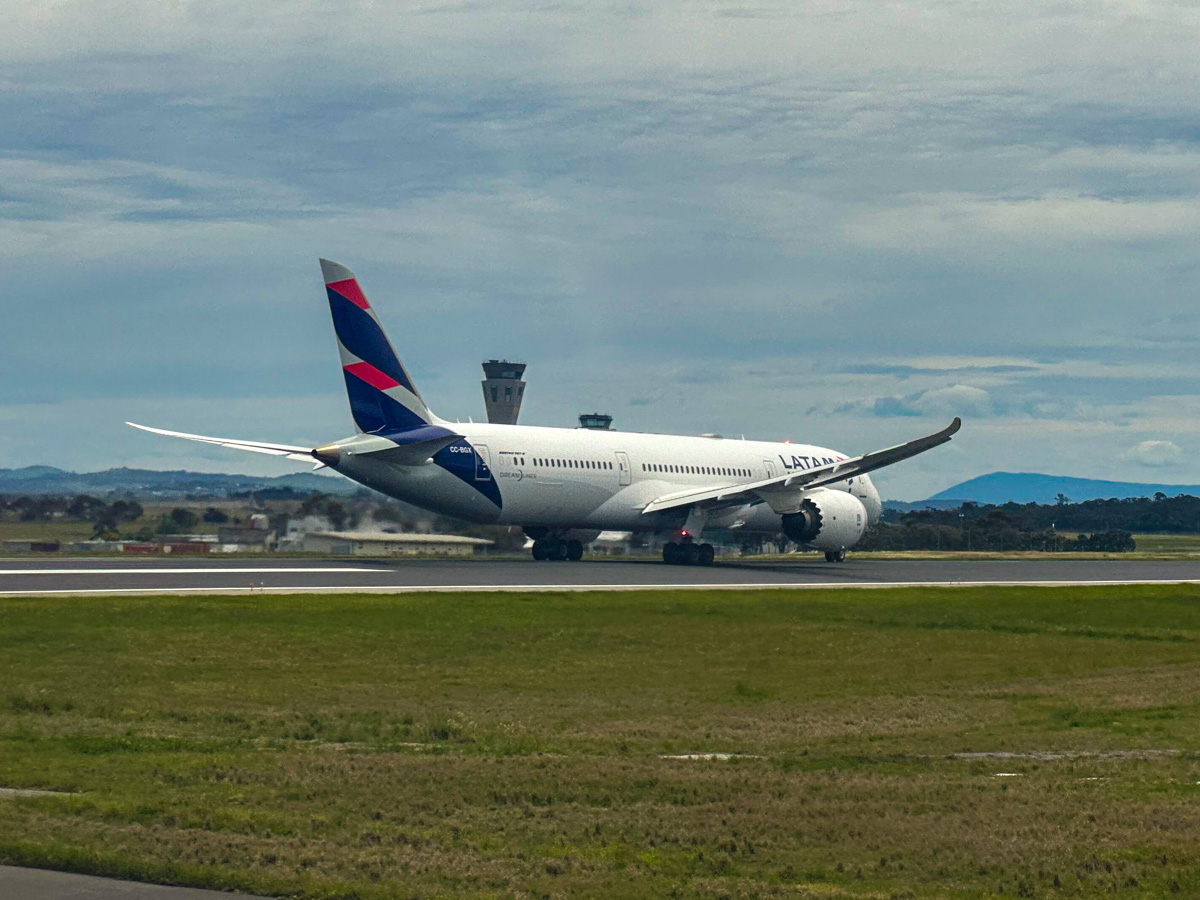
Flying within South America
While you may be able to rely on buses or simply drive between some cities, planes are the fastest way to cover the vast distances involved in travelling within South America.
The largest airlines in South America are:
- LATAM Airlines – a partner of airlines including Qantas, Delta and British Airways, based in Santiago and with hubs across the continent
- Avianca – a member of Star Alliance, based in Bogotá
- GOL – a Brazilian low-cost carrier that partners with American Airlines and Air France/KLM
- Azul – a Brazilian full-service airline that partners with United
- Aerolíneas Argentinas – a member of SkyTeam, based in Buenos Aires
- SKY Airline – a Chilean low-cost carrier
- JetSMART – another Chilean low-cost carrier with services in various countries
- Boliviana de Aviación – national airline of Bolivia whose fleet includes ex-Virgin Australia A330s
- Flybondi – an Argentinian low-cost carrier
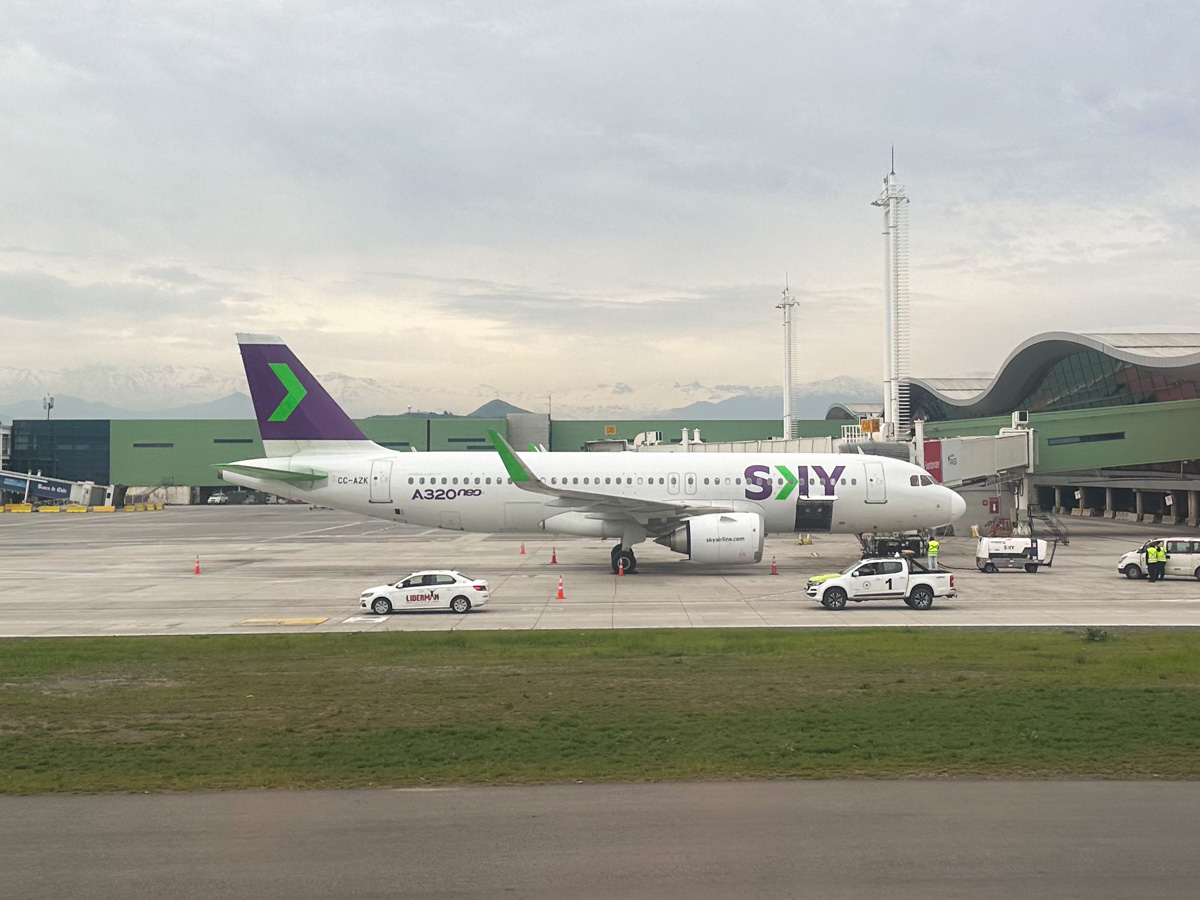
Quirks of buying flights within South America
When booking flights within South America, you may encounter higher pricing when booking on an international (English language) version of the airline’s website. Some airlines also offer lower fares to residents of that country, and higher fares to foreign tourists.
You may also come across issues when trying to pay for tickets using an Australian credit card.
A good way to get around both of these issues can be to redeem frequent flyer points for internal flights, where you can. For example, you could use Qantas points to fly on LATAM – although you’d need to call Qantas to book tickets from South American airports outside of Chile.
Great Credit Cards for Earning Qantas Points
- Card Name
- Qantas Premier Platinum
- Earn
- 1
- Signup Bonus
-
Up to 90,000 bonus Qantas Points*
- Annual Fee
- $349 for the first year and $399 p.a. ongoing
- Read more
- View Offer
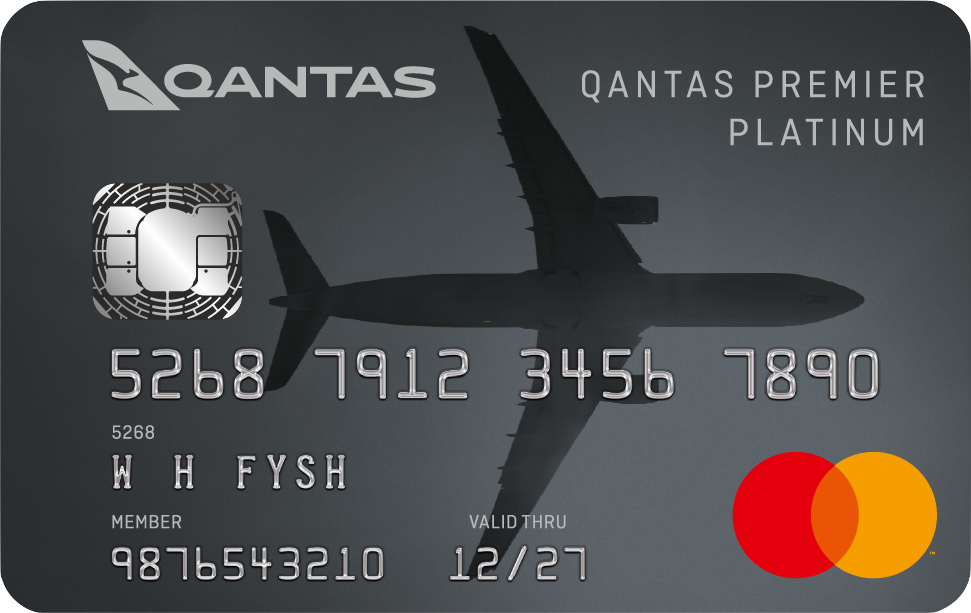
on everyday purchases
- Card Name
- Qantas American Express Ultimate
- Earn
- 1.25
- Signup Bonus
-
50,000 bonus Qantas Points¹
Apply by 1st Jul 2025
- Annual Fee
- $450 p.a.
- Read more
- View Offer
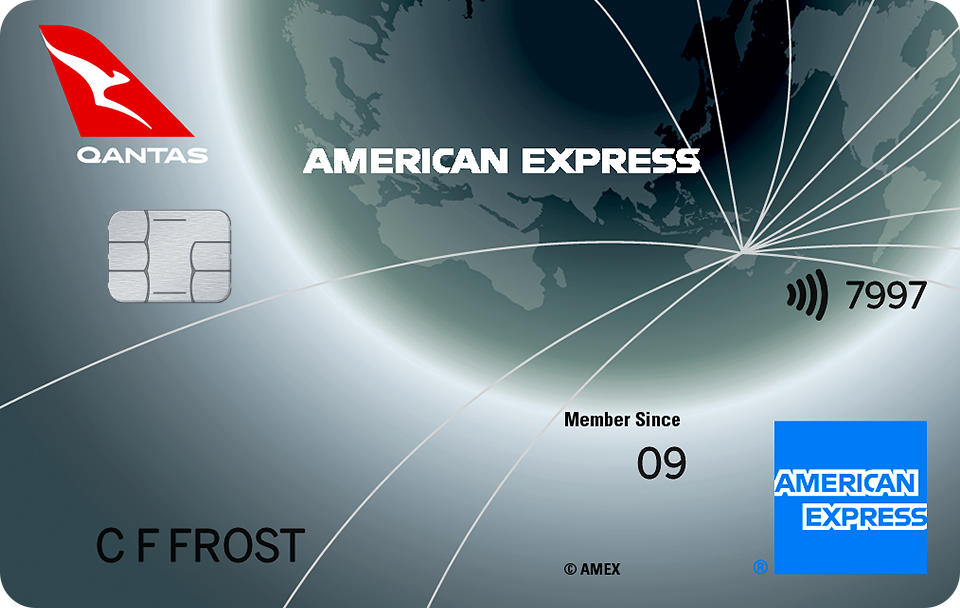
on everyday purchases
Alternatively, you may find it easier to book with a travel agent, or ask a friend in South America to pay for you.
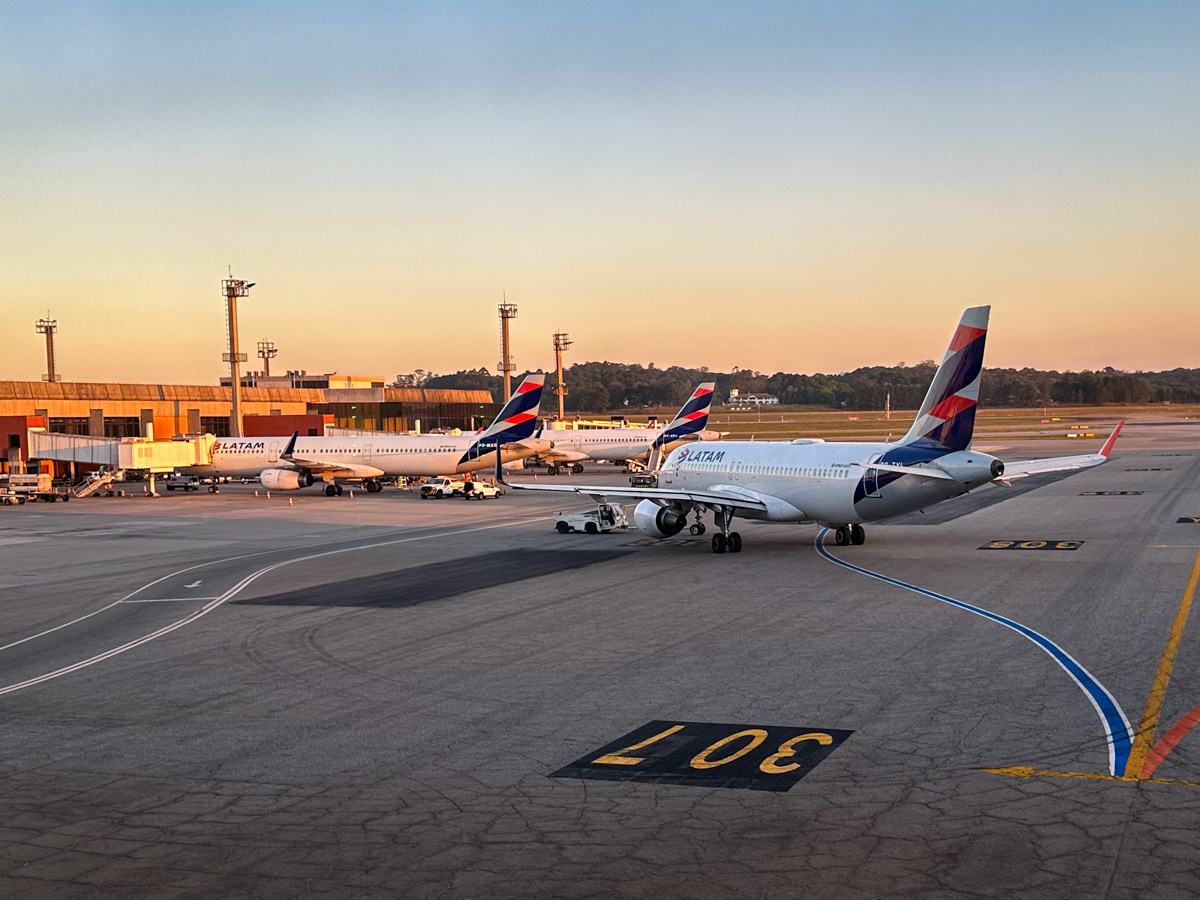
On flights within South America, you’ll typically get a small snack and non-alcoholic drink on “full service” airlines. On low-cost carriers, as well as avianca, food and drinks are usually available for purchase.
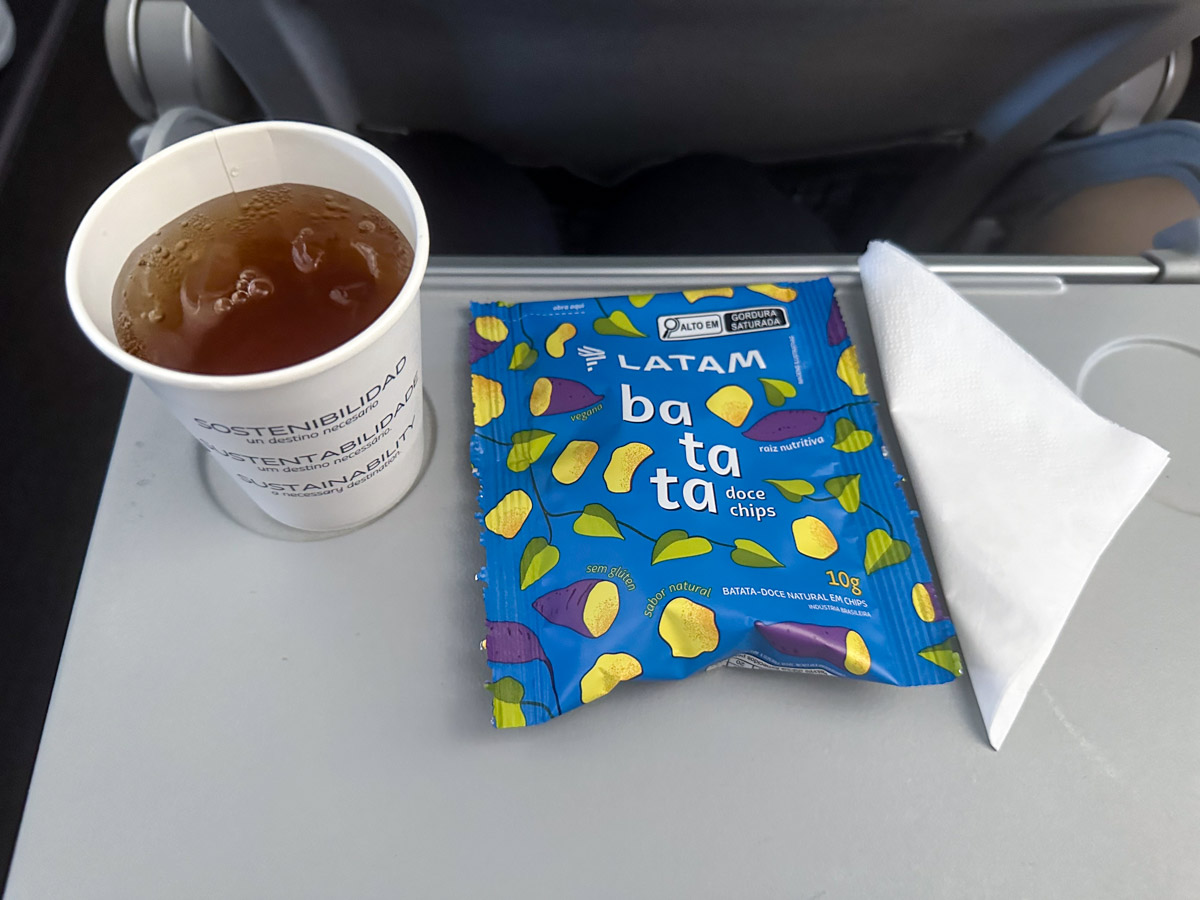
Foreign currency
International credit cards are generally accepted at major hotels, supermarkets and tourist attractions in South America. But there’s a high chance you’ll need cash – especially outside of the major cities.
It’s generally fairly easy to exchange cash into the local currency. However, you might not be able to exchange Australian Dollars everywhere, so consider taking US Dollars with you if you intend to exchange cash after you arrive.
Or, simply withdraw local currency from an ATM using your Australian bank card. Consider a debit card with no foreign transaction fees to save yourself money!
Note that Ecuador uses the US Dollar as its official currency. USD may also be accepted in other countries.
The money situation in Argentina
If you’re travelling to Argentina, take US Dollar banknotes (the newest version with the “big heads”). You can change these on the street in places like Calle Florida in Buenos Aires (just look for the people yelling “cambio”) at the “Dólar Blue” rate, an unofficial exchange rate that will get you a lot more pesos than if you change money at a bank.
Due to the high inflation rate in Argentina, many shops there will give you a substantial discount (e.g. 15%) for paying in cash (“effectivo” in Spanish) with Argentinian pesos. However, since the largest banknote denomination is worth around $1, prepare to count piles of cash just to pay for a nice meal at a restaurant!
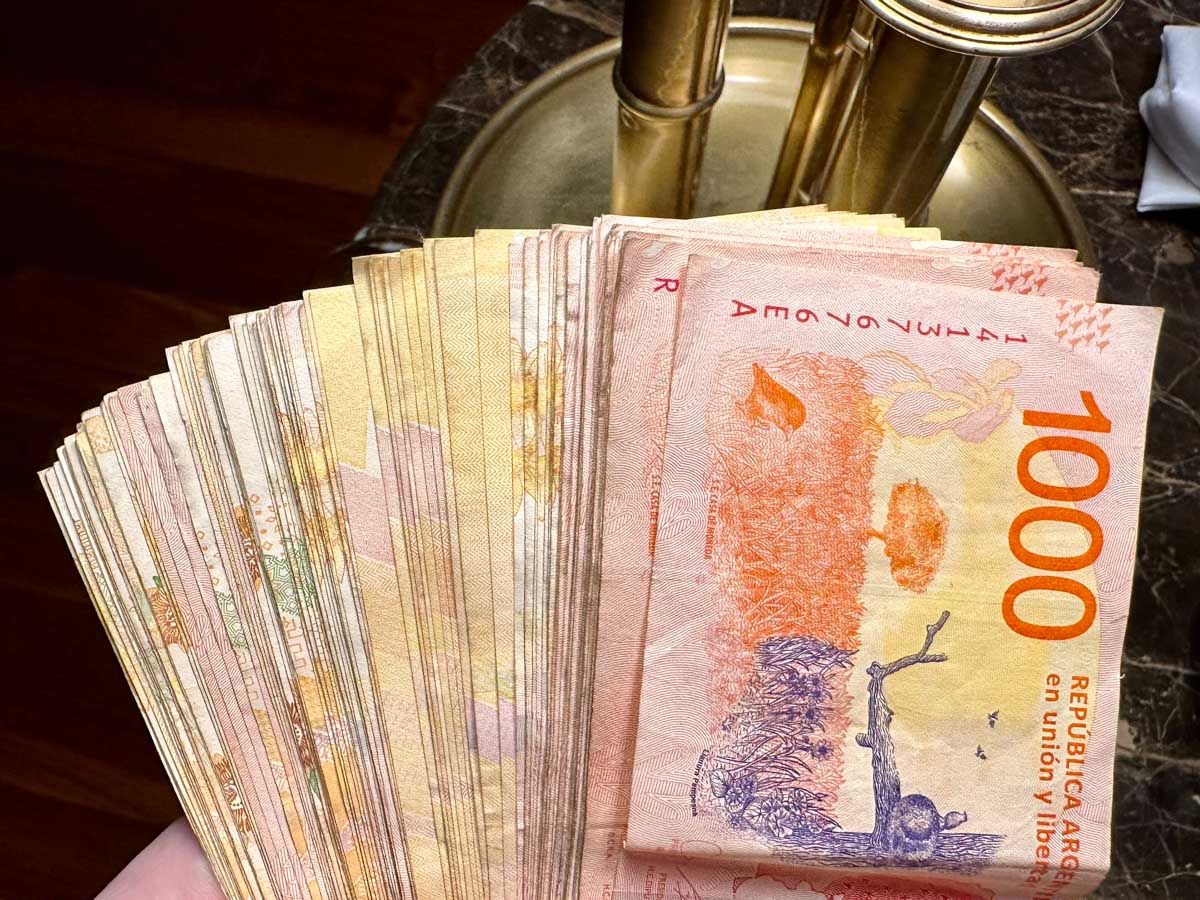
The inflation situation has also led to many businesses having to regularly update their prices. You may see menus with temporary prices written in pencil, or covered with stickers.
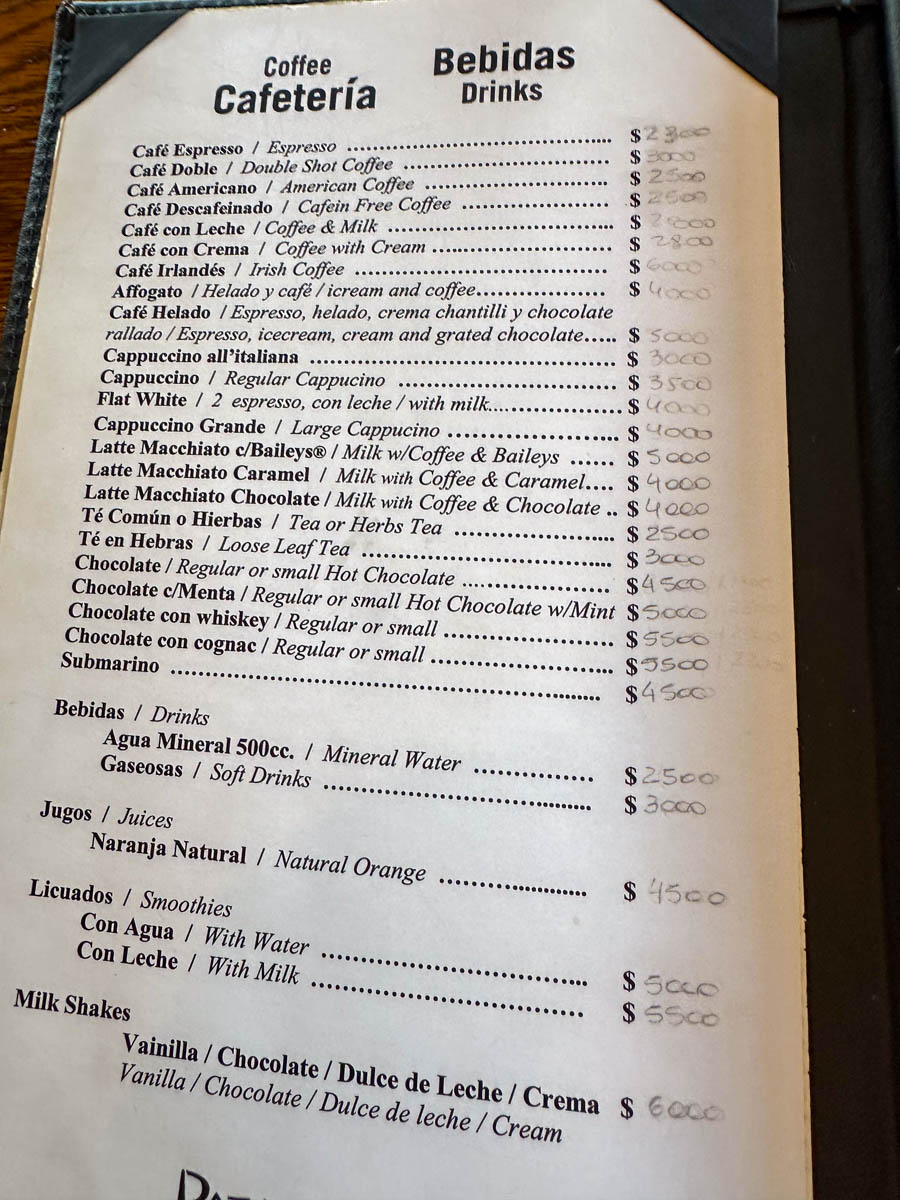
If you pay in Argentina using a foreign credit card, you’ll pay using the official (worse) exchange rate. However, foreigners can get a 21% VAT discount when paying for accommodation with a foreign-issued card.
Is English widely spoken in South America?
Spanish is the most widely spoken language in most South American countries, and Portuguese is the language of Brazil.
If you don’t speak any Spanish (or Portuguese), the good news is that you can still probably get by as a tourist. At most international hotels, tourist attractions, large airports and destinations that get a lot of international tourists (like Machu Picchu), there’s a good chance you’ll find people who can speak at least some level of English. Of course, if you’re on a tour with a multilingual guide, that can also help a lot.
But I’m not going to sugar-coat it. Outside of the major tourist destinations, the chances that a random person you meet on the street will speak English are not that high. Many younger people nowadays do learn English, but it really varies depending on where you are. In my personal experience, very few people in places like Brazil or Paraguay speak English well.
You don’t need to speak fluent Spanish or Portuguese to enjoy your time in South America, but it will help a lot if at least one person in your group can understand the basics. If you’re planning to travel for an extended period in the continent, it might even be a good idea to consider taking a language course before you go – or after you arrive.
I did exactly this last year. Although I already could speak a bit of Portuguese, I had never formally learned Spanish and was about to embark on a two-month trip around the Spanish-speaking parts of South and Central America. My travel companion and I found a Spanish teacher in Buenos Aires, which was our first stop on the trip, and did some intensive classes before moving on to the next destination. I’m very glad we did this, as it was both a good experience and helped us a lot on the rest of our travels.
For what it’s worth, finding a Spanish teacher in Buenos Aires who was willing to teach two foreigners was incredibly easy. I simply posted on a local Facebook group and received literally dozens of messages within a couple of hours.
Basic phrases in Spanish and Portuguese
Finally, if you’re heading to South America and you’re a complete beginner to Spanish and/or Portuguese, here are 16 of the most useful phrases you might need to get you started:
| English | Spanish | Portuguese |
|---|---|---|
| Hello | Hola | Olá |
| Good morning | Buenos días | Bom dia |
| Good afternoon | Buenas tardes | Boa tarde |
| Good evening/night | Buenas noches | Boa noite |
| Thank you | Gracias | Obrigado (if male) / Obrigada (if female) |
| Goodbye | Adiós | Tchau / Adeus |
| Excuse me (when someone is in the way) | Permiso | Com licença |
| Sorry (apologizing) | Perdón / Lo siento | Desculpe |
| My name is… | Me llamo… | Meu nome é… |
| I am from Australia | Soy de Australia | Eu sou da Austrália |
| Do you speak English? | ¿Hablas inglés? | Você fala inglês? |
| One coffee, please | Un café, por favor | Um café, por favor |
| The cheque, please (at a restaurant) | La cuenta, por favor | A conta, por favor |
| How much (does this cost)? | ¿Cuánto cuesta? | Quanto custa? |
| Where is the toilet? | ¿Dónde está el baño? | Onde fica o banheiro? |
| I need to go to the airport | Necesito ir al aeropuerto | Preciso ir ao aeroporto |
Read and share South American travel tips on the AFF forum
Got a question about travelling to South America, or some great tips you’d like to share? Join the discussion on the Australian Frequent Flyer forum!


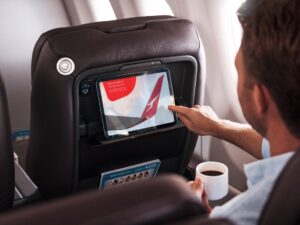
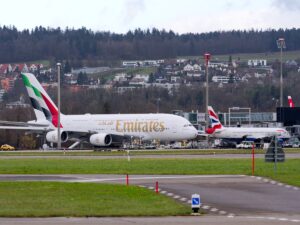



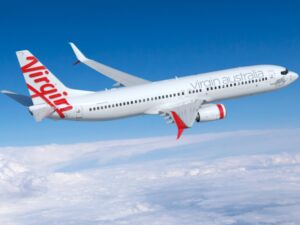

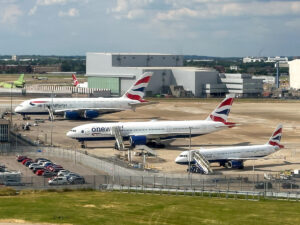




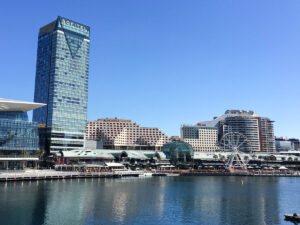















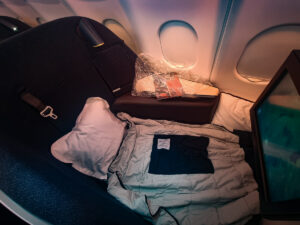



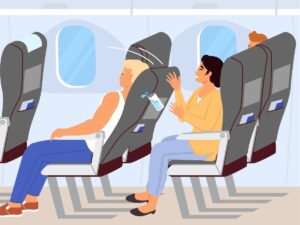


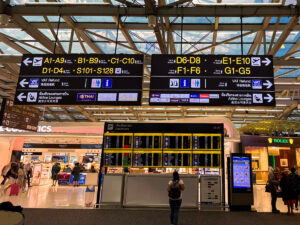
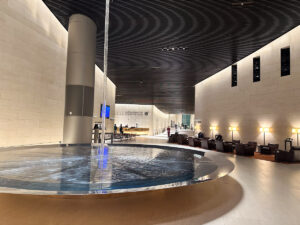
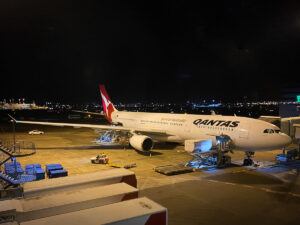










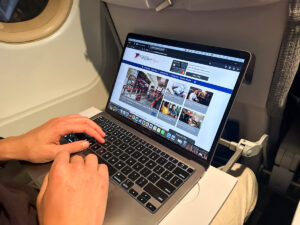







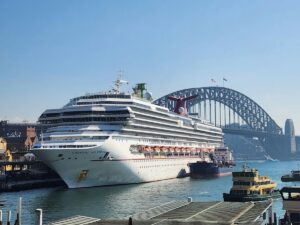














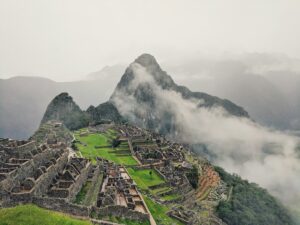






Community Comments
Loading new replies...
Join the full discussion at the Australian Frequent Flyer →